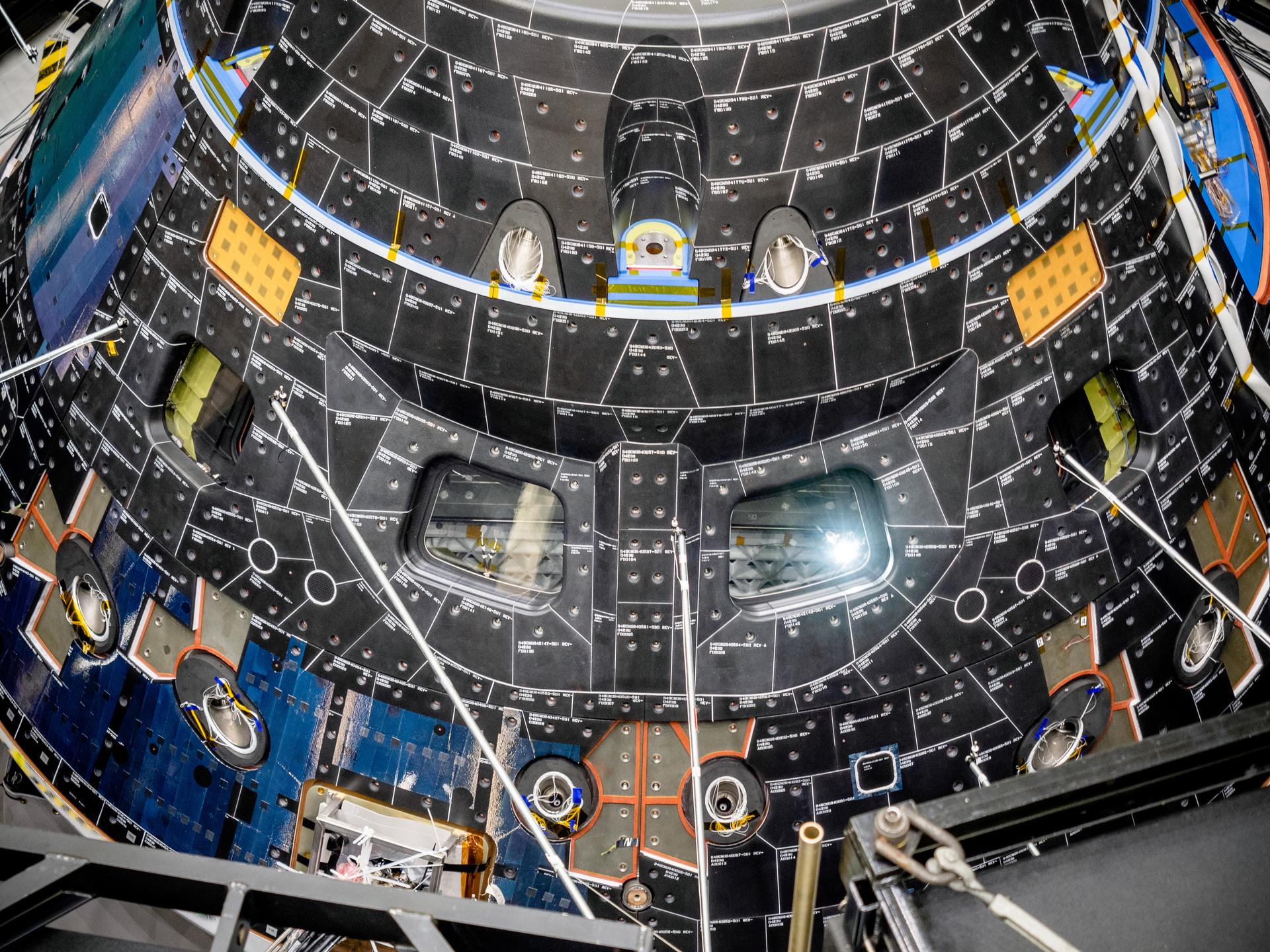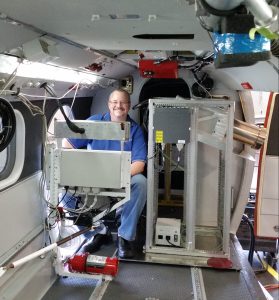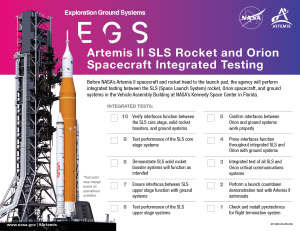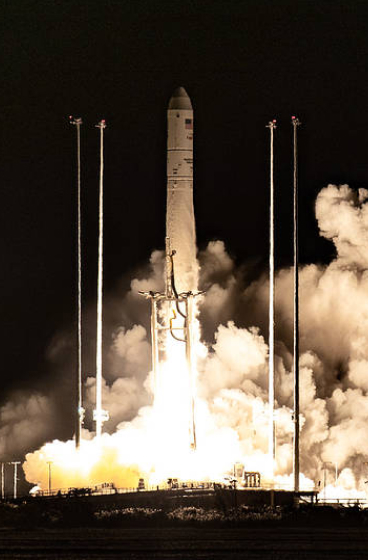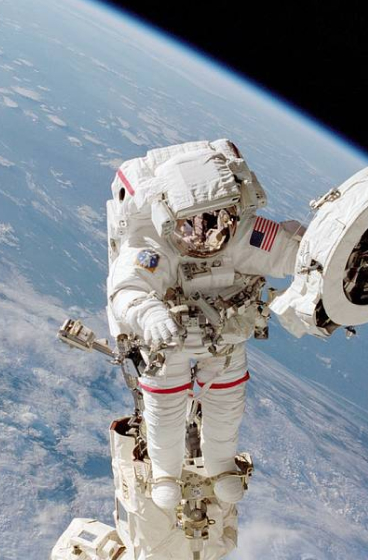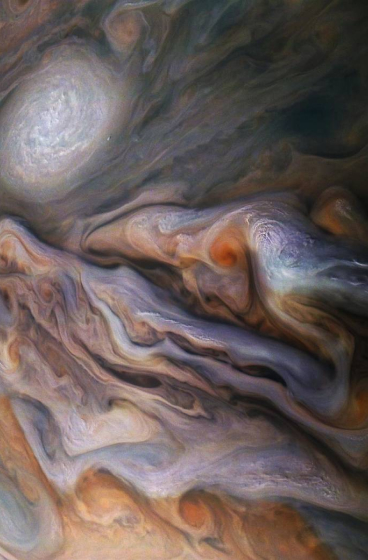I Am Artemis: Ernesto Garcia
- Ernesto Garcia, an engineering manager at Rayotech Scientific, is responsible for fabricating windowpanes for the Orion spacecraft, a critical component of NASA’s Artemis program.
- The manufacturing process involves cutting and grinding glass sheets to near net shape, followed by strengthening the edges and polishing/coating the windows to ensure they can withstand space conditions.
- Pressure testing is the most important step in verifying the windowpanes’ ability to survive in space, with Garcia’s team applying stresses to simulate the harsh conditions of space travel.
- Garcia’s involvement in the Artemis program has been a dream come true, allowing him to work directly with NASA engineers and see his contributions make a real difference in space exploration.
- The Orion spacecraft’s windows will provide an unprecedented view for astronauts on future missions, including the upcoming Artemis II mission around the Moon, offering a unique perspective on the lunar surface from the eyes of the crew.
I Am Artemis: Ernesto Garcia
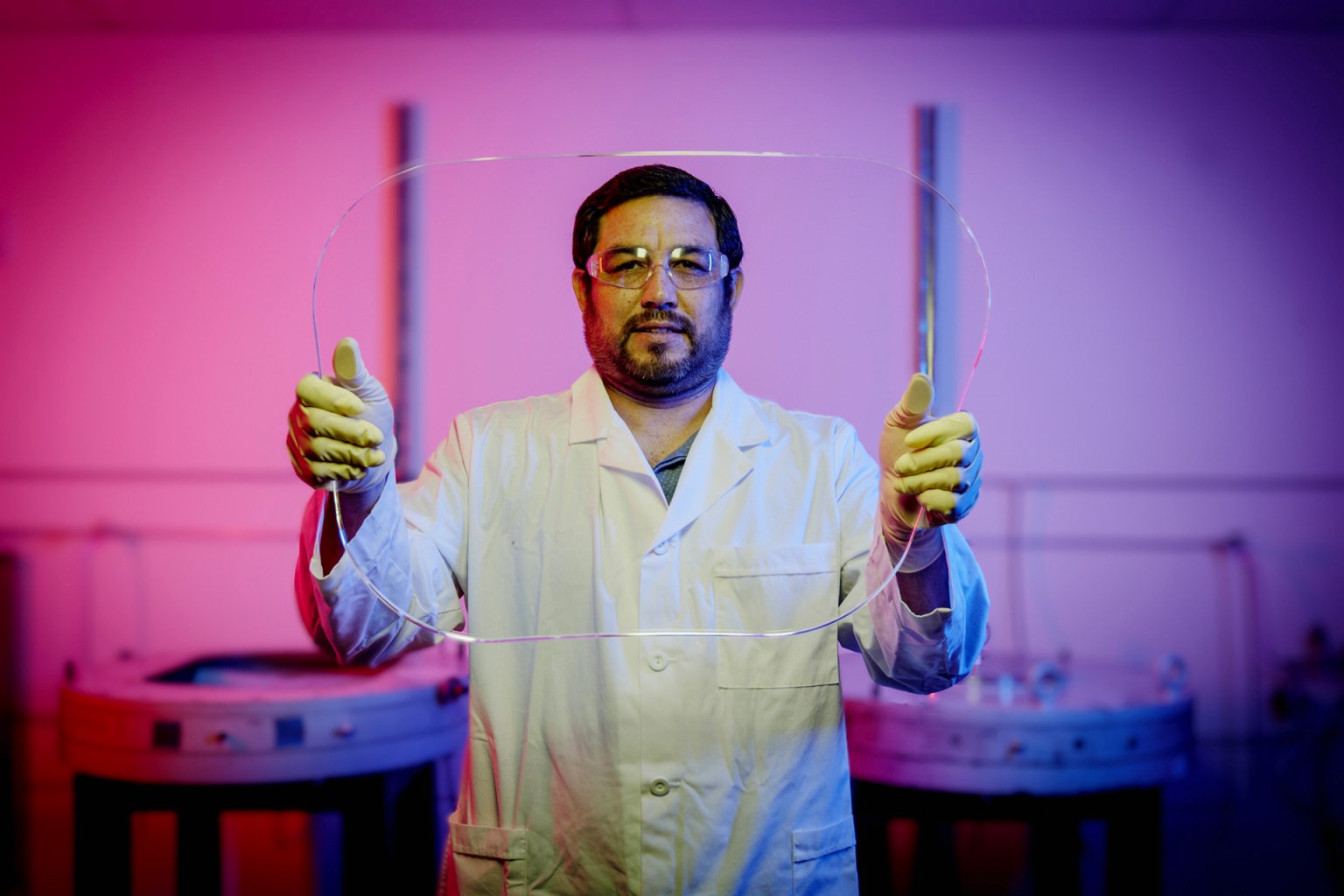
NASA/Rad Sinyak
Listen to this audio excerpt from Ernesto Garcia, Rayotech Scientific engineering manager:
0:00 / 0:00
Your browser does not support the audio element.
My name is Ernesto Garcia, and I am an engineering manager at Rayotech Scientific in San Diego, in charge of fabricating the windowpanes for the Orion spacecraft.
Fabricating Orion’s windowpanes entails a very strict manufacturing process. It involves first starting from a giant sheet of glass that we cut down to near net shape. Once we get down to that near net shape, we perform a grinding operation. We grind the window edges and grind the faces.
Once we do all that grinding, we perform a specialized process where we actually strengthen the edges of the window. Since most of the window’s strength comes from the edges, we want to make sure that those are perfect and pristine, and so we minimize any subsurface damage that is around that. Then we send it off to get polished and coated.
After that, we perform pressure testing in our lab, which is really the most important thing that is required for this window to prove that it can survive in space. We apply the required stresses to make sure that the windows can survive on the Orion spacecraft.
The opportunity to be part of this program has been something that I’m really proud of.
When I was a child, I always wanted to work for NASA — and now, I work directly with NASA engineers, work with the windows first-hand, and work to develop processes.

Ernesto Garcia
Engineering Manager, Rayotech Scientific
Coming up with ideas of how to manufacture [the windows] and then coming up with the pressure testing equipment to verify that they are going to survive in space was extremely fulfilling.
Being able to participate in Artemis I and seeing those windows on that [Orion spacecraft] — seeing it go into space — was probably one of the most rewarding things I’ve ever experienced besides having my kids. My children are immensely proud of what I’m doing. Seeing my kids’ reactions when I’m letting them know that I’m working directly with people that are putting things in space, with people that are making changes in the world — it’s something that inspires them.
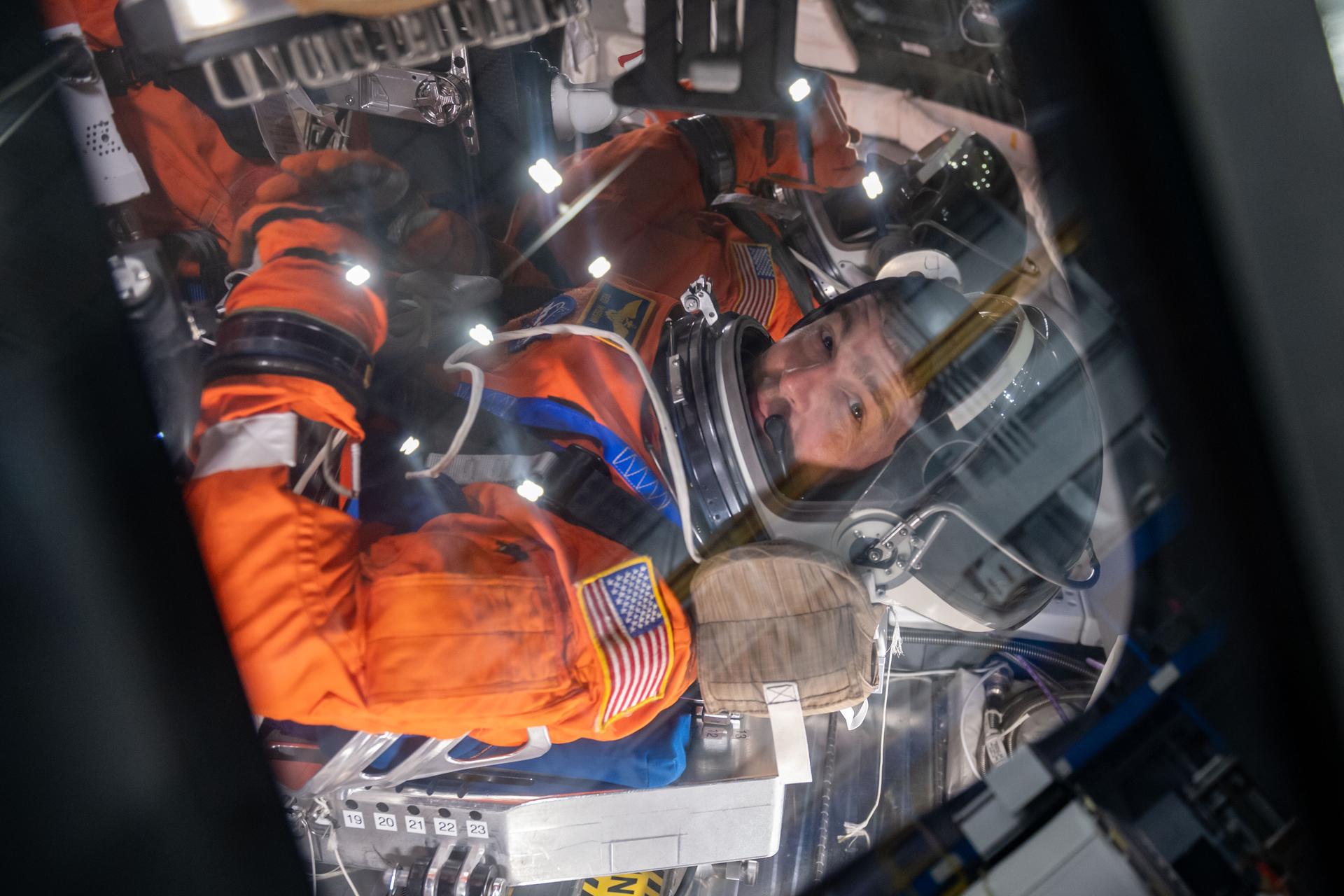
I imagine it will be a very special experience for the Artemis II astronauts to look out of these windows on their mission around the Moon. For them to be able to just look out and see what’s around them…to explore what else is out there from their eyes, not a camera’s point of view. It’s going to be pretty extraordinary that they’ll be able to see from their eyes — through our windows — something that not everybody else gets to see.

